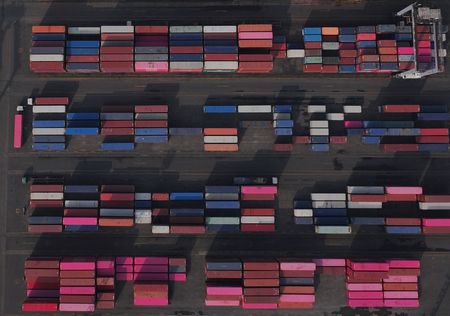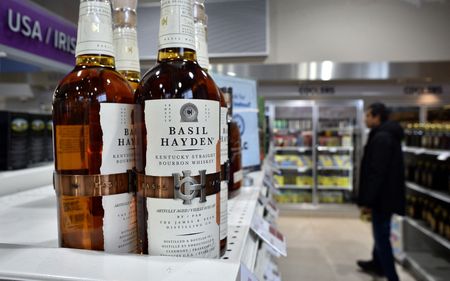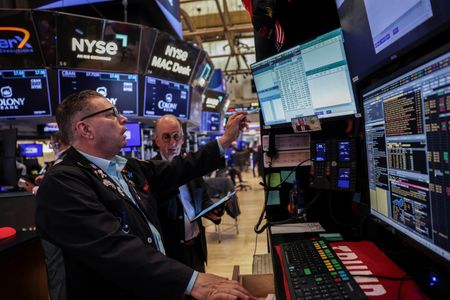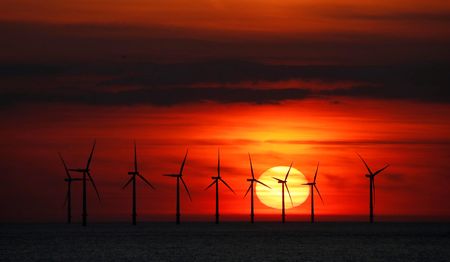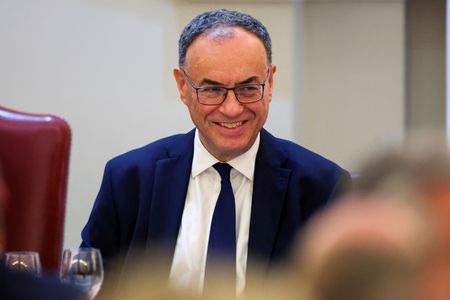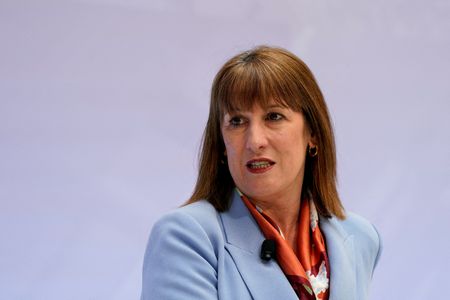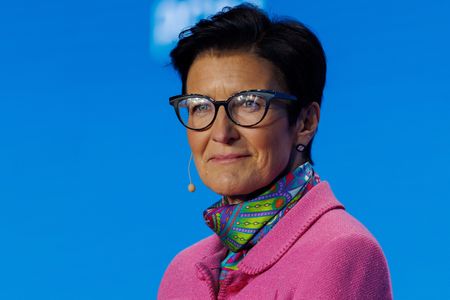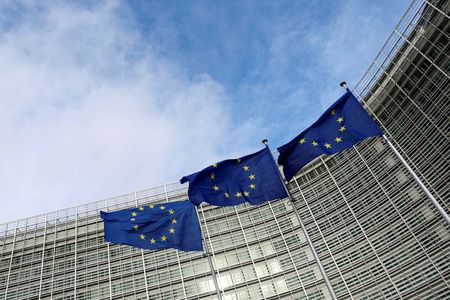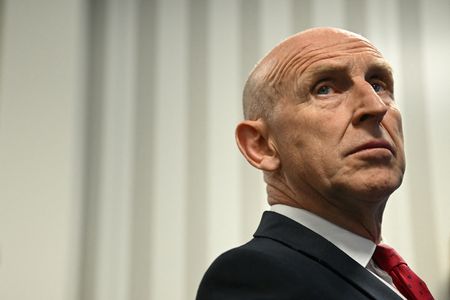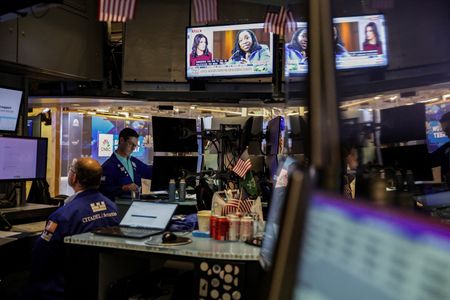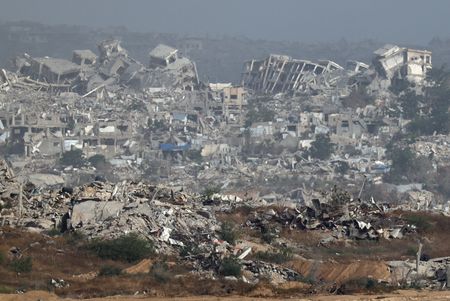By David Lawder and Philip Blenkinsop
WASHINGTON/BRUSSELS (Reuters) -President Donald Trump on Tuesday said the U.S. would impose a 19% tariff on goods from Indonesia under a new agreement with the Southeast Asian country and said more deals were in the works as he continued to press for what he views as better terms with trading partners and a path to reducing a massive U.S. trade deficit.
The pact with the relatively minor U.S. trading partner is among the handful struck so far by the Trump administration ahead of an August 1 deadline for tariffs on most U.S. imports to rise again, and it came as the top U.S. trading partner – the European Union – readied retaliatory measures should talks between Washington and its top trading partner fail.
As that deadline approaches, talks were underway with other trading partners eager to avoid yet more levies being imposed on their exports to the U.S. beyond a baseline 10% on most goods that has been in place since April. It is a policy regime – rolled out often chaotically by Trump – that has upended decades of trends toward lower trade barriers, often roiling global financial markets and economic activity along the way. Based on Trump tariff announcements through July 13, Yale Budget Lab estimates the U.S. effective average tariff rates will rise to 20.6% from between 2% and 3% before Trump’s return to the White House in January. Consumption shifts would bring the rate down to 19.7%, but it’s still the highest since 1933.
Trump outlined an Indonesia deal that had rough contours resembling a pact struck recently with Vietnam, with a flat tariff on exports to the U.S. roughly double the current 10% and no levies placed on U.S. exports going there. It also included a penalty rate for so-called transhipments of goods from China via Indonesia, and a commitment to buy some U.S. goods.
“They are going to pay 19% and we are going to pay nothing … we will have full access into Indonesia, and we have a couple of those deals that are going to be announced,” Trump said outside the Oval Office. In addition, Trump said later on his Truth Social platform that Indonesia had agreed to buy $15 billion of U.S. energy products, $4.5 billion of American farm products and 50 Boeing jets, though no time frame for the purchases was specified.
TRUMP: INDIA TALKS MOVING SAME WAY
Indonesia’s total trade with the U.S. – totalling just under $40 billion in 2024 – does not rank in the top 15, but it has been growing. U.S. exports to Indonesia rose 3.7% last year, while imports from there were up 4.8%, leaving the U.S. with a goods trade deficit of nearly $18 billion.
The top U.S. import categories from Indonesia, according to U.S. Census Bureau data retrieved on the International Trade Centre’s TradeMap tool, last year were palm oil, electronics equipment including data routers and switches, footwear, car tires, natural rubber and frozen shrimp.
Susiwijono Moegiarso, a senior official with Indonesia’s Coordinating Ministry for Economic Affairs, told Reuters in a text message: “We are preparing a joint statement between U.S. and Indonesia that will explain the size of reciprocal tariff for Indonesia including the tariff deal, non-tariff and commercial arrangements. We will inform (the public) soon.”
Trump had threatened the country with a 32% tariff rate effective August 1 in a letter sent to its president last week. He sent similar letters to roughly two dozen trading partners this month, including Canada, Japan and Brazil, setting blanket tariff rates ranging from 20% up to 50%, as well as a 50% tariff on copper.
The August 1 deadline gives the targeted countries time to negotiate agreements that could lower the threatened tariffs. Some investors and economists have also noted Trump’s pattern of backing off his tariff threats.
Since launching his tariff policy, Trump has clinched only a few deals despite his team touting an effort to bring home “90 deals in 90 days.” So far, framework agreements have been reached with the United Kingdom and Vietnam, and an interim deal has been struck with China to forestall the steepest of Trump’s tariffs while negotiations continue between Washington and Beijing.
Trump said talks with India were moving in a similar direction.
“India basically is working along that same line. We’re going to have access to India. And you have to understand, we had no access into any of these countries. Our people couldn’t go in. And now we’re getting access because of what we’re doing with the tariffs,” he said.
EU READIES RETALIATION
The breakthrough with Indonesia came as the European Commission, which oversees trade for the EU, gets set to target 72 billion euros ($84.1 billion) worth of U.S. goods – from Boeing aircraft and bourbon whiskey to cars – for possible tariffs if trade talks with Washington fail.
Trump is threatening a 30% tariff on imports from the EU from August 1, a level European officials say is unacceptable and would end normal trade between two of the world’s largest markets.
The list, sent to EU member states and seen by Reuters on Tuesday, pre-dates Trump’s move over the weekend to ramp up pressure on the 27-nation bloc and responds instead to U.S. duties on cars and car parts and a 10% baseline tariff.
The package also covers chemicals, medical devices, electrical and precision equipment as well as agriculture and food products – a range of fruits and vegetables, along with wine, beer and spirits – valued at 6.35 billion euros.
Following a meeting of EU ministers in Brussels on Monday, officials said they were still seeking a deal to avoid Trump’s heavy tariff blow.
But EU trade chief Maros Sefcovic said those at the meeting expressed unprecedented resolve to protect EU businesses using European countermeasures if negotiations with Washington fail to produce a deal.
(Reporting by Philip Blenkinsop in Brussels and David Lawder in Washington; Additional reporting by Steve Holland in Washington; Richard Lough in Paris; Amanda Teresia, Stefanno Sulaiman and Gayatri Suroyo in Jakarta; Editing by Daniel Wallis and Chizu Nomiyama)

